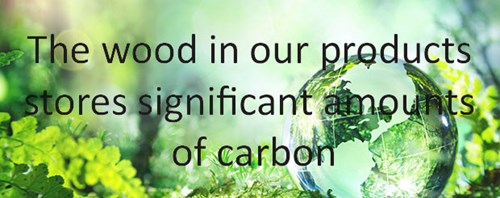Sustainability
- byggma.com /
- We care /

Byggma's goal is to develop and deliver sustainable solutions based on renewable materials and our unique expertise. Sustainability is a key element of our business model and a natural part of Byggma’s overall goals. Byggma's management and the board want sustainability to be a natural part of operations and innovation within the Byggma Group.
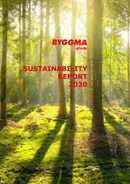 |
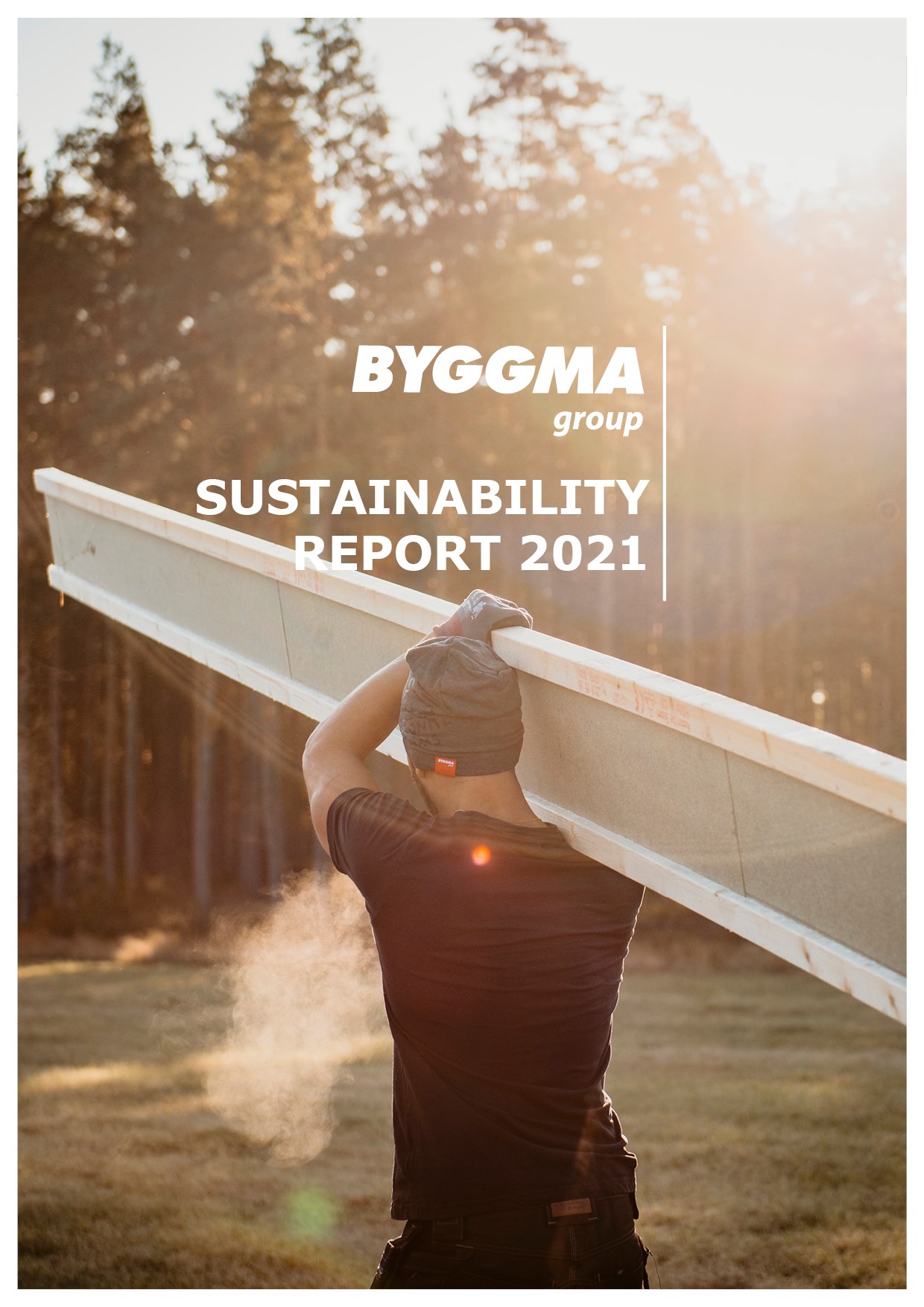 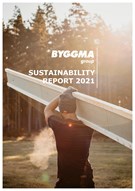 |
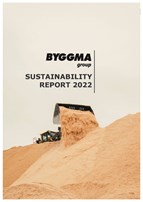 |
 |
||
| Sustainability Report 2020 | Sustainability Report 2021 | Sustainability Report 2022 | Sustainability Report 2023 | ||
Byggma has prioritised 8 of the 17 sustainability goals set out in the UN’s 2030 Sustainable Development Agenda. These priorities were set based on the global challenges the world is facing as well as the solutions that Byggma can provide. The 7 prioritised sustainability goals are: Responsible consumption and production (12), stopping climate change (13), life below water (14), life on land (15), good education (4), sustainable cities and communities (11), decent work and economic growth (8), and industry, innovation and infrastructure (9).
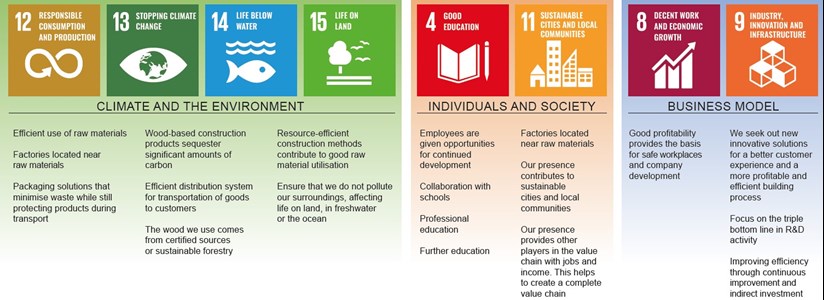
Byggma has a major ongoing project, which may be of national significance for carbon capture, in connection with circular fibre flow for recycling wood. Byggma's management and the board have both given the project a high priority going forward. The seven sustainability goals we have defined as Byggma's focus goals will be worked on separately. In relation to the sustainability goals, we will give high priority to the environmental factors with emissions to water and emissions to air and the atmosphere.

Carbon sequestration
Growing forests absorb carbon dioxide from the atmosphere via photosynthesis. In sustainable forestry, we harvest forests as raw materials and then plant new trees to provide the basis for additional carbon binding. The wood in our products binds with significant amounts of carbon. For this reason, we believe that to use these raw materials responsibly, we have to create products that last a long time. Using wood fibre to create durable products is an important contribution to increasing carbon sequestration in forests and wood-based products.
